The present work is an analysis of Buddhist symbolism in historical perspective. In author’s view Buddhist symbolism, in art and religion, is but a part of the main current of Indian religion and art and has to be studied in that context. Early Indian art is, thus, essentially the continuation of a mainly aniconic "Vedic" style and the compositions are comprehensible only with reference to Vedic notions. The present work studies the fundamental elements of Buddhist symbolism which predominate in the early aniconic art and are never dispensed with in the later imagery, though they are subordinated to the "human" icon. "The present study is divided into two parts: in part I, the tree of life, earth-lotus and world-wheel (and other cognate symbols) have been analyzed; part II deals with the place of the lotus-throne. A study of these reveals that they represent a universal Indian symbolism and set of theological concepts.
Hinduism and Buddhism
$13.50
$15.00

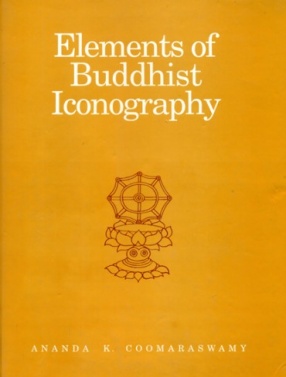
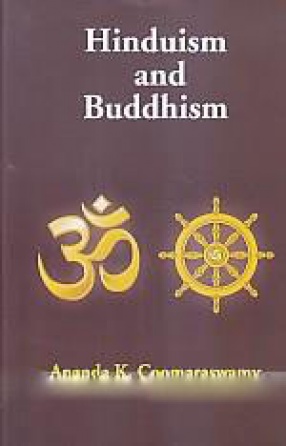
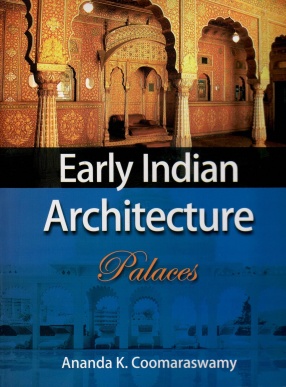
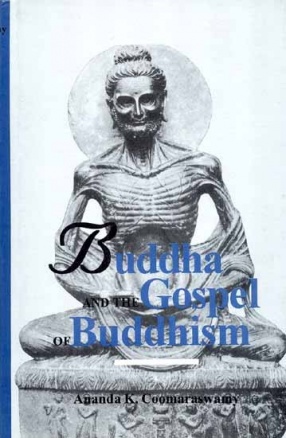
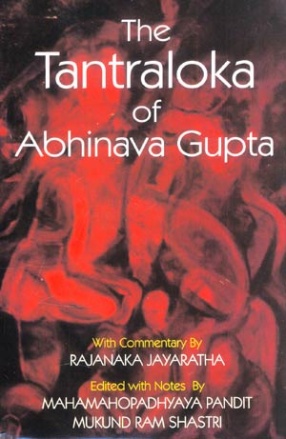
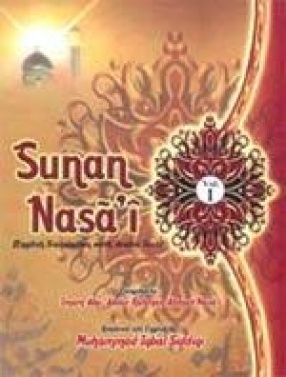
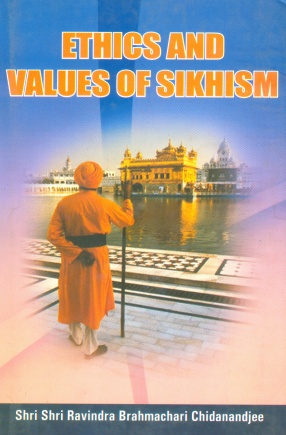
There are no reviews yet.